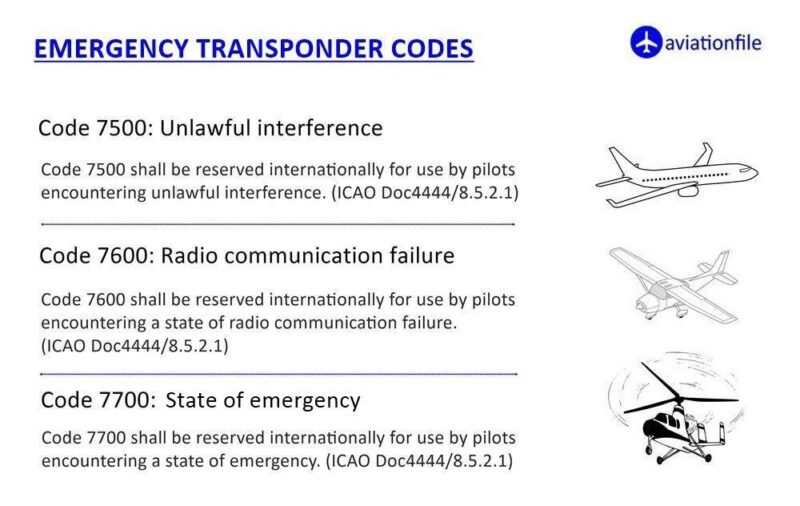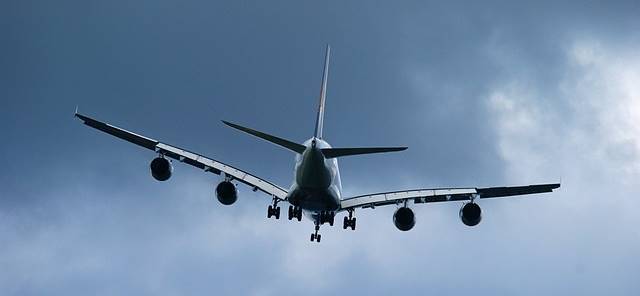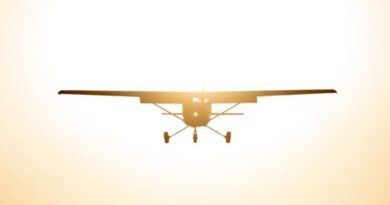Radio Communication Failure in Aviation
Radio communication is an essential aspect of aviation, enabling pilots to communicate with air traffic control (ATC) and other aircraft in their vicinity. However, there are situations when radio communication may fail, leading to potential safety hazards. Below are some key points to consider regarding radio communication failure in aviation:
Definition of radio communication failure
Radio communication failure occurs when pilots are unable to establish or maintain contact with ATC or other aircraft using their onboard communication equipment.
Causes of radio communication failure
Radio communication failure can occur due to several reasons, such as technical issues with onboard equipment, interference from other sources, or environmental factors such as weather conditions.
- Pilot Error: Selecting the wrong frequency, forgetting to turn on the radio, or having the volume down are all easy mistakes to fix.
- Equipment Malfunction: Radios can break just like any other device. Pilots are trained to troubleshoot and use backup radios.
- Environmental Issues: Dense fog or high terrain can weaken radio signals. Pilots know alternative frequencies to try.
- Power Problems: An alternator failure could affect the radio. Battery power should still allow for communication.
Types of radio communication failure
There are two types of radio communication failure: complete and partial. Complete radio communication failure occurs when pilots cannot receive or transmit any messages, while partial radio communication failure occurs when only some messages can be received or transmitted.

Consequences of radio communication failure
Radio communication failure can have serious consequences, including the risk of mid-air collisions, loss of situational awareness, and the possibility of violating airspace regulations.
Pilot procedures for radio communication failure
In the event of radio communication failure, pilots are required to follow specific procedures outlined by regulatory authorities such as the Federal Aviation Administration (FAA) or the International Civil Aviation Organization (ICAO). These procedures typically involve squawking a specific transponder code, maintaining a specific altitude, and following a predetermined route.
ATC procedures for radio communication failure
ATC also has specific procedures to follow in the event of radio communication failure. These procedures include attempting to establish communication with the aircraft using alternative methods such as light signals, providing radar vectors to a specific location, and coordinating with other ATC facilities to ensure the safety of the aircraft and other aircraft in the area.
Prevention of radio communication failure
Preventive measures for radio communication failure include regular maintenance of onboard equipment, ensuring proper training for pilots and ATC personnel, and minimizing the risk of interference from external sources.
In conclusion, radio communication failure is a serious safety concern in aviation, and it is essential for pilots and ATC personnel to be aware of the procedures to follow in the event of such a failure. Effective communication and adherence to established protocols can help prevent accidents and ensure the safety of everyone involved.
References
- Federal Aviation Administration (FAA). (2018). Pilot’s Handbook of Aeronautical Knowledge. Retrieved from https://www.faa.gov/regulations_policies/handbooks_manuals/aviation/pilot_handbook/
- International Civil Aviation Organization (ICAO). (2016). Procedures for Air Navigation Services – Air Traffic Management (PANS-ATM). Retrieved from https://www.icao.int/APAC/Meetings/2017-ATC-TF2-CAAC/Doc3%20PANS-ATM%20%28Procedures%20for%20Air%20Navigation%20Services%20-%20Air%20Traffic%20Management%29.pdf
- The Aviationist. (2021). What Happens If A Plane Loses Its Radio Contact With ATC? Retrieved from https://theaviationist.com/2021/01/31/what-happens-if-a-plane-loses-its-radio-contact-with-atc/
- Transport Canada. (2016). Aeronautical Information Manual (AIM). Retrieved from https://tc.canada.ca/sites/default/files/tp14371e.pdf
- Flight Safety Foundation. (2016). Radio Communication Failure. Retrieved from https://flightsafety.org/ap/ap_sep16.pdf
- Skybrary. (n.d.). Radio Communication Failure. Retrieved from https://www.skybrary.aero/index.php/Radio_Communication_Failure



